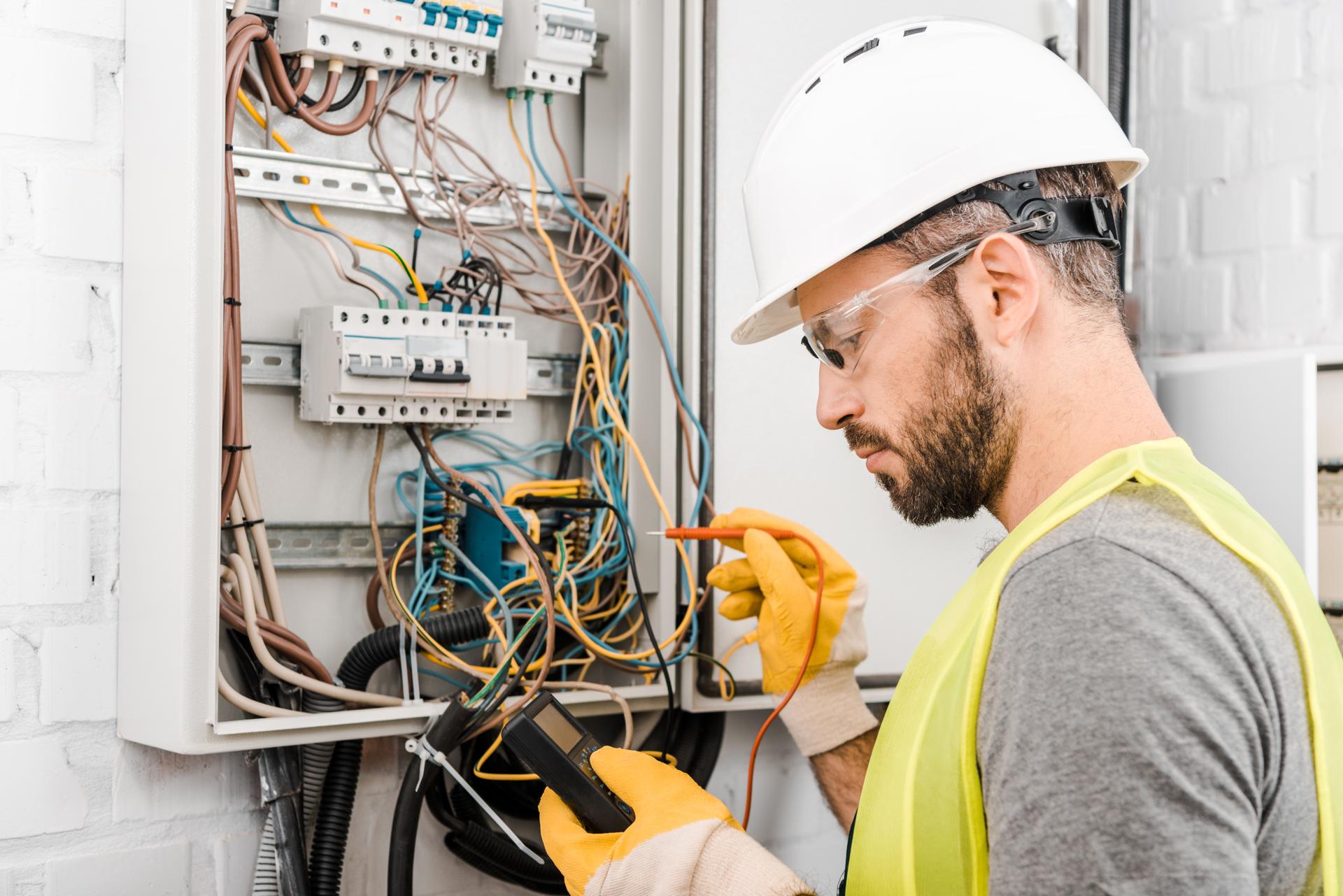A Simple Explanation of the Fundamentals Behind Electrical Wiring in Your Home

Electricity is an essential component of our daily lives, supplying everything from the lights in our homes to the gadgets we use every day. But electricity systems are a bit complicated making it difficult to understand how they operate isn’t easy. In this guide we’ll breakdown the components that make up an electric system, and describe how circuits function to power devices and appliances. Our residential electricians can handle any electrical jobs you need.
The components of an electrical system
An electrical system is comprised of several essential components that work to supply power to the home. These include:
Breaker box: the central distribution point for electrical power in a home in which the power is divided into different circuits
Switches and outlets: the places where electricity is delivered to appliances and devices
Wiring: the electrical wires that transport electricity from the breaker box to the outlets and switches
Electronic appliances and gadgets: devices and appliances that use electricity for their functions.
Electrical Circuits
The term "electrical circuit" refers to a pathway that allows electricity to flow from the source (the breakers box) to the appliances and devices in a home. There are two types of electrical circuits that can be found in the home that are 120-volt and circuits that are 240-volts. 120-volt circuits are used to power most household appliances and appliances, whereas the 240-volt circuits are designed for larger appliances such as dryers, air conditioners and electric ones.
Electrical circuits work by completing an electrical loop that allows power to be transferred from the source to the appliance or device. The loop is comprised of a hot cable that transports the power and a neutral wire which completes the circuit, and a ground wire that provides the pathway for electricity to reach the ground in the event there is a problem.
Understanding the electrical Wiring
Electrical wiring is available in a variety of different types, including non-metallic sheathed cables (NM), armored cable (AC) and conduit. Each type has its advantages and disadvantages and the selection of wiring type depends on the specific needs that the location requires.
Wiring conducts electricity through the creation of electrons through the wire. Electrons move from the source to the device or appliance, and back to the source via the neutral wire. It is essential to ensure the wiring is put in place and maintained in a correct manner, as defective wiring could lead to electrical dangers like shocks and fires.
Common Electrical Issues
The most frequent electrical problems found in homes include tripping breakers, flickering lights and electrical outlets that are not working. These problems can be caused by a variety of factors such as overloading circuits broken connections, and defective wiring.
If you are experiencing any of these issues, it’s essential to identify the source and take actions to rectify the issue. In some cases this could mean contacting an accredited electrician to inspect and repair the wiring.
Conclusion as well as a Call to Action
In conclusion, understanding how electrical wiring works is vital to ensure the safety and security of your home’s electrical system. If you follow the rules laid out in this document and you will be able to remain secure and stay clear of potential dangers.
Should you ever have questions or concerns regarding your home’s electrical system, don’t hesitate to contact Local Electrician St George. Our licensed electricians has the expertise and experience to address all of your electrical requirements. Contact us at 1300 610 481 to schedule a appointment.
FAQ
What are the symptoms of an electrical wiring issue?
Signs of defective electrical wiring could include tripping breakers flashing lights, and electrical outlets that are not working, for example.
What is the best time to schedule my home’s electrical system inspected?
It is recommended to ensure that your electrical system is examined by an accredited electrician each 10 years.
What is the expected lifespan for electrical wires?
The life span of electrical wiring is based on several factors, including the kind of wiring used, the setting it’s placed in, and the standard of the installation. The majority of electrical wiring will last for up to 30 years or more, with correct installation and care.
Do I need to fix electrical issues myself , or do I need to employ an electrician?
While some electrical problems can be fixed by homeowners, it is recommended that you hire a licensed electrician for the majority of electrical repairs. Making attempts to fix electrical problems with no proper training or knowledge can be risky and can result in injuries or damages in your house.
What should I do if I experience an electrical emergency within my home?
If you encounter an electrical problem, the first step is to cut off the power to the affected area by shutting off the breaker or the fuse. After that, you should contact an accredited electrician to examine and fix the problem as quickly as possible.
By following these guidelines by following these guidelines, you can ensure the security and reliability of the electrical system in your home and reduce any potential dangers. Remember, when you need repairs to your electrical system as well as installations, it’s always recommended to rely on the professionals. Reach out to Local Electrician St George at 1300 610 481 to discuss all of your electrical requirements.
